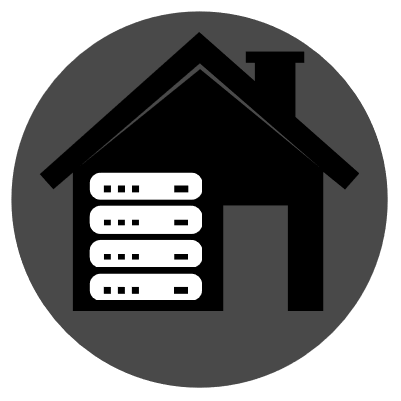As someone who’s set up and managed critical business applications I would say that it’s perfectly fine to host your own provided you have decent hardware that’s capable of doing what you need and as a dedicated business line to provide connection.
If you try to run mission critical business applications on a home internet connection you’re going to have a really bad fucking time. But hosting business critical applications on appropriate hardware and a 1Gb/s business connection with an SLA is going to meet 95-98%% of all business applications.
If something like that sounds expensive or too difficult to do then it’s too expensive or too difficult for you to host yourself. Just go with a provider and sidestep self-host.








Exceptional idea. Cloudflare is nice, but Caddy will always win IMO. Additionally, considering you were able to get Caddy working, that simply drives home that unfortunately your reverse_proxy didn’t work because it was somehow misconfigured. Caddy is also a reverse_proxy.
My comment is pretty much what I said. You have an extremely complex environment that you’re not fully making use of. For example, you’re having issues with a reverse_proxy, but you had Tailscale presumably the whole time. Why not just use your VPN to reverse_proxy your requests if you were having issues?
Also using Caddy + Cloudflare is fine if you want to use cloudflare for DNS, however, Caddy handles all certificates itself. So you have Caddy, which can handle all the SSL certs itself, but you put Cloudflare on top of it to manage SSL certs. It’s just convoluted.
It’s a good environment, but a little overkill.